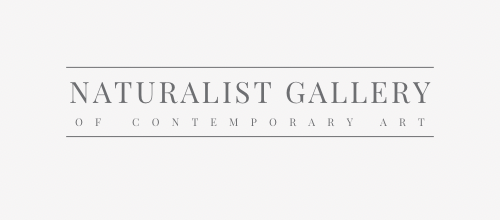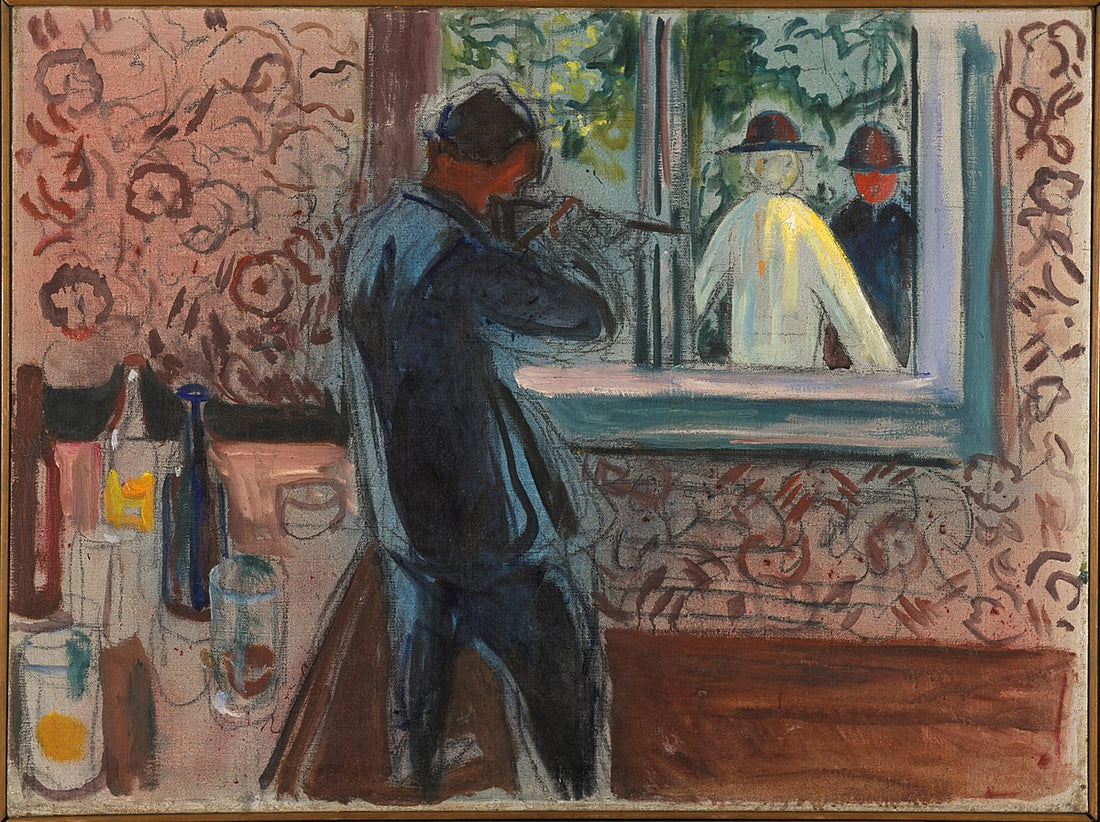Featured Image: Edvard Munch (1932-1935) Uninvited Guests
Figurative art has been a cornerstone of artistic expression for centuries, evolving alongside abstract art and finding its own unique identity.
Figurative art represents recognizable subjects from the real world, like people, animals, and landscapes, allowing artists to add their own interpretations. It's a timeless genre with famous artists like Picasso, Freud, and Hockney, inspiring a new wave of contemporary figurative artists.
In this comprehensive guide, we will delve into the world of figurative art, exploring its definition, historical significance, famous artists, and current trends. Whether you are an art enthusiast, collector, or simply curious about this captivating genre, this article will serve as your definitive guide to figurative art.
Explore our curated selection of contemporary artists from around the globe.
Naturalist Gallery offers artist representation internationally. Apply your art.
What is Figurative Art? Figurative art is a type of representational art that depicts recognizable objects or subjects from the real world, such as landscapes, animals, and, most prominently, the human figure. Unlike abstract art, which delves into non-representational forms, figurative art maintains a connection to reality through its recognizable subjects. However, it allows artists to add their own interpretations and perspectives, offering a fresh take on the familiar.

Corinthian black-figure olpe vase, ca. 640 BC (left); with A Panathenaic prize amphora, 332-31 BC (center); and The Macmillan aryballos, attributed to the Chigi painter, ca. 640 BC (right)
The Historical Significance of Figurative Art: Figurative art has a rich history that spans different art movements and periods. From the classical sculptures of ancient Greece to the Renaissance masterpieces and the modern works of the 20th century, figurative art has continuously evolved, reflecting changing societal values and artistic philosophies.
Famous Figurative Artists:
-
Pablo Picasso (1937) The Weeping Woman

Pablo Picasso: A trailblazer in modern figurative art, Picasso's groundbreaking Cubist style redefined the representation of the human form. Iconic works like "Weeping Woman" and "Les Demoiselles d'Avignon" exemplify his innovative approach to depicting figures. -
Lucian Freud (1944) The Painter's Room

Lucian Freud: Known for his powerful and emotionally charged figurative realism, Freud's paintings reveal the complexity of the human psyche. His use of somber colors and rough brushstrokes conveys a raw intensity that challenges viewers' perceptions. -
Francis Bacon (1946) Painting 1946

Francis Bacon: Another influential figure in figurative art, Bacon's works explore themes of existentialism, anxiety, and alienation. His unique blend of abstraction and figurative elements leaves a profound impact on the audience. -
David Hockney (1972) Portrait of an Artist (Pool with Two Figures)

David Hockney: Part of the pop art movement, Hockney combines the figurative with a vibrant and bold style. His works often depict everyday life, offering a fresh and colorful perspective on the human experience. -
Jenny Saville (1999) Fulcrum

Jenny Saville: Merging figurative and abstract elements, Saville's paintings focus on the human body and its various forms. Her evocative and unconventional approach challenges societal norms and perceptions of the human form.

Carlo (2023) Azarath Metrion Zinthos
Understanding Figurative Art: When starting a figurative art collection, it's essential to expose yourself to diverse artworks to develop your tastes. Consider the various styles and mediums available, such as mixed media, prints, or textured paintings. Explore the use of color, composition, and artistic techniques to find pieces that resonate with you on a personal level.

Matt Lock (2023) Watched From a World Within Wallpaper
Displaying Figurative Art: The possibilities for displaying figurative art are limitless. Consider showcasing individual pieces in a room, framed for emphasis, or creating a salon-style hang that groups multiple artworks together. Pay attention to color and size when organizing your collection to create a harmonious and visually appealing display.
Figurative Art Trends: Figurative art is experiencing a resurgence, especially in the post-pandemic reality. Styles like pop art and photorealism are regaining popularity, resonating with collectors seeking tangible and relatable forms of expression. Artists like Alexander Trifonov, Hiromi Sengoku, Dane Shue, and others blend the real and illusory to create captivating artworks that add color and life to any space.

Tarahom Salmani (2023) Untitled
View limited edition prints by contemporary artists at Naturalist Gallery.
Figurative art continues to be a significant and evolving genre in the art world. Its ability to convey familiar subjects with unique perspectives and emotions makes it a timeless and relatable form of expression. Whether you're an art enthusiast or collector, exploring figurative art opens a window into the human experience and the diverse ways artists interpret the world around us. Embrace the beauty and depth of figurative art as you curate your own collection and discover the profound impact it can have on your perception of humanhood.
You may also find the following articles helpful:
The Most Iconic Abstract Artworks of the Last Century
Renaissance Art: Origins, Influences, and Key Figures
Top 12 Controversial Artworks That Changed Art History
Expressionism: 20 Iconic Paintings and Their Artists
Landscape Paintings: A Showcase of 20 Masterpieces
The 14 Essential Artists of Impressionism




